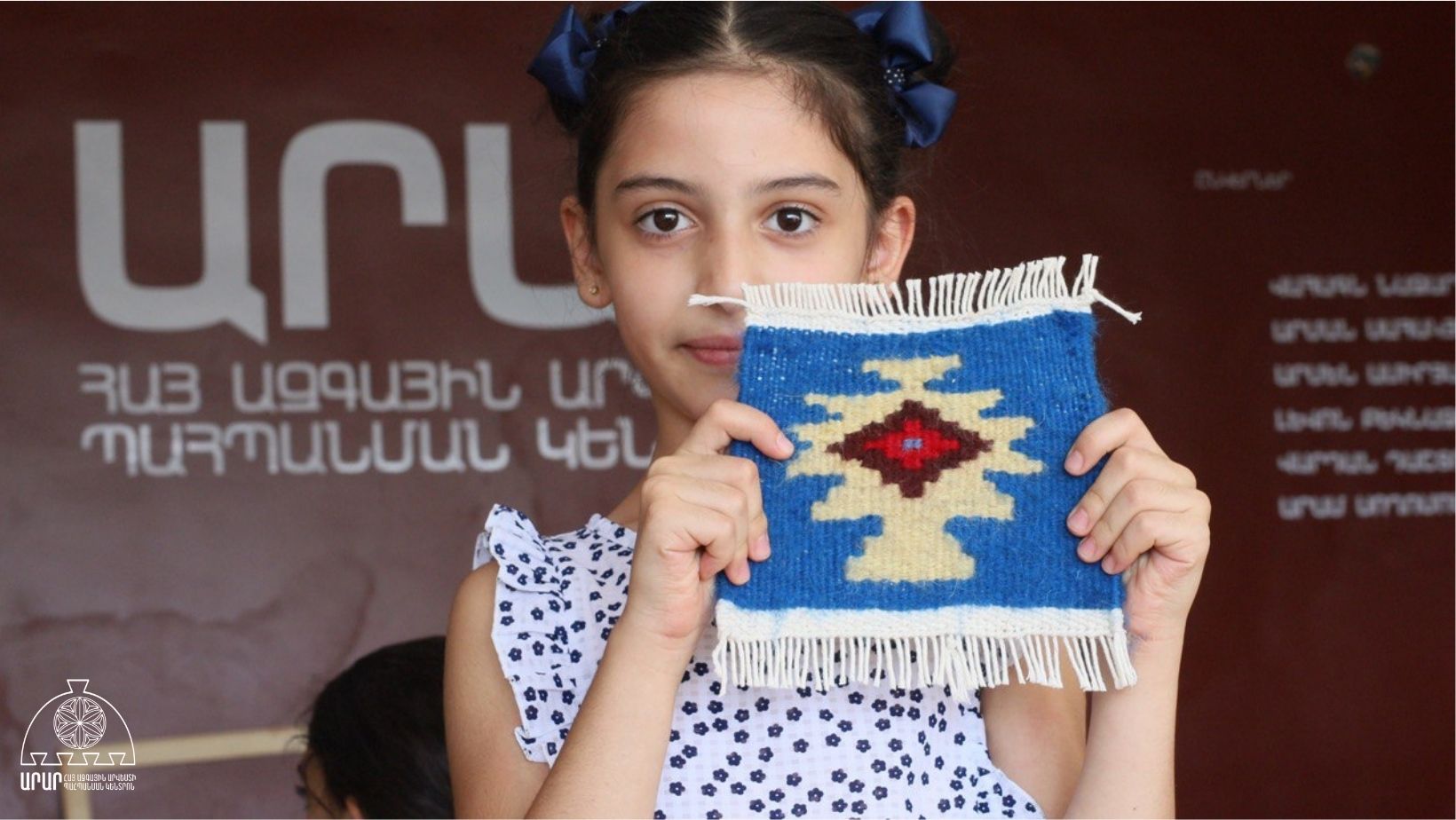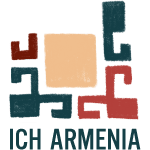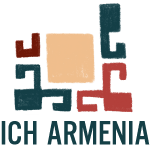
“Arar: Safeguarding, Dissemination, Development, and Popularization program of National Culture in the Regions of the Republic of Armenia” carried out by “Arar” Center for Safeguarding Armenian National Art” NGO. This is one of the best examples of public-private cooperation.
“Arar” was created and operates according to the idea and initiative of the Honored Artist of the Republic of Armenia Arsen Grigoryan with the financial support of the Ministry of Culture of the Republic of Armenia and in cooperation with the Museum of Folk Arts named after Hovhannes Sharambeyan. It was launched in 2017. The main function is to ensure the viability of folk art by transmitting the experience to young people.
Armenia has a rich intangible cultural heritage and, through bearers of this heritage (individuals and groups), it is possible to safeguard it, contribute to its dissemination, popularization, and transmission, introducing it into the daily lives of children, adolescents and youth. For the effective implementation of the program, observations were carried out in different communities of Armenia. As a result, it was revealed that cultural traditions, awareness of them and the transmission to the future generations are poorly developed in communities. On the basis of the data extracted as a result of this study “Arar” centres were created in different communities. The ideology of the program is to create equal conditions and make national cultural education accessible to beneficiaries of different strata of the society.
The courses, as well as the necessary materials, are free at the centres. Currently the “Arar” centres operate in 40 communities of 8 regions. 18 local folk art specialists teach traditional songs and dances, rug weaving, carpet weaving, lace making, embroidery, ceramics, woodworking, stone carving, khachkar (cross-stone) making, miniature painting. Currently about 900 children and teenagers are involved in the courses.
The courses in the communities form an atmosphere of respect for intangible forms of national culture, stimulate their natural development and encourage the creation of a common cultural platform. Today the bearers of folk art living in the communities are already well-aware that they have been entrusted with the important process of transmitting the intangible cultural heritage protected and preserved by the state, which is inviolable national wealth.
Handmade wooden decorated ladles, spoons, boxes, embroidered tablecloths, blankets, pillows, rugs, belts, bags, jewelry made by students who have mastered the skills of folk crafts and art return to everyday life. The khachkars created by them are installed in the courtyard of churches of the communities and other monumental territories. Workshops of the “Arar” centres in the open air form the cultural side in communities, contribute to the development of rural tourism.
The safeguarding of intangible cultural values and the participation of the society in the process of reproduction in a new way are noticeable and tangible today in those communities where the “Arar” centres operate. The impact of the program is also reflected in the competition between rural communities (which community is the richest in folk traditions, and how actively it uses these traditions). This, in its turn, being a universal means of assimilating intangible culture, ensures the transmission of knowledge from the knowledgeable to the unknowledgeable, from the elder to the younger and its preservation.
Thanks to “Arar” ensuring the realization, preservation and use of the values of intangible cultural heritage is noticeable owing to the results of the beneficiaries shown in the various exhibitions,
cultural events, as well as pan-Armenian and international competitions-festivals.
Students of the programs repeatedly participate in various events and festivals in Armenia and abroad, receiving appreciation and awards.
A very important fact is also UNESCO’s attention towards the work carried out by “Arar”.
The work done by the students of “Arar” during the implementation of the program was presented in detail in the 2021 issue of the UNESCO periodical “Living Heritage”, which touches upon the Armenian intangible cultural heritage.
The courses of woodworking of “Arar” program are also described in detail within the framework of the event “Days of Armenia” of the project “Days of Intangible Cultural Heritage”, presented in UNESCO Regional Centre Sofia.
Three videos about the program were presented at the “International Youth Competition of Social Film and Social Advertising” in Belarus in the “Heritage” nomination and were awarded two first and one second rank prizes. During the program also the exchange of experience of the best specialists in the field with young and beginner specialists from rural areas is provided. Apprentices who have reached the age of 18 also gain teaching experience in the junior group as assistants to the master. “Arar” centres are also created for the best participants in their community. The program also creates an opportunity for beneficiaries to establish their own small business in the field of handmade art after completing the course and gives an opportunity to become an important part in the development of the social life of their region.
The best way to respond to the challenges of cultural globalization is to create a sustainable model for ensuring the viability of intangible cultural heritage through formal and non-formal education in the local environment.
Thus, it can be concluded that the safeguarding, dissemination and development of intangible cultural heritage in communities should be carried out through the implementation of large-scale and long-term projects. In this case, it is necessary to emphasize the involvement of local bearers, which greatly facilitates the active participation of the community and ensures the continuity of the project. Thanks to the experience presented in the article,
it is possible to form a common cultural field in communities: favorable conditions are being created for the recognition of intangible cultural heritage, the importance of its place and role in the life of the communities, and everyone realizes that he/she is the inheritor, keeper and developer of his/her own culture.
The reasonable use of the skills and abilities acquired as a result of suchlike courses creates an opportunity for community residents to brand their settlement, achieve sustainable development and improve the quality of life.


